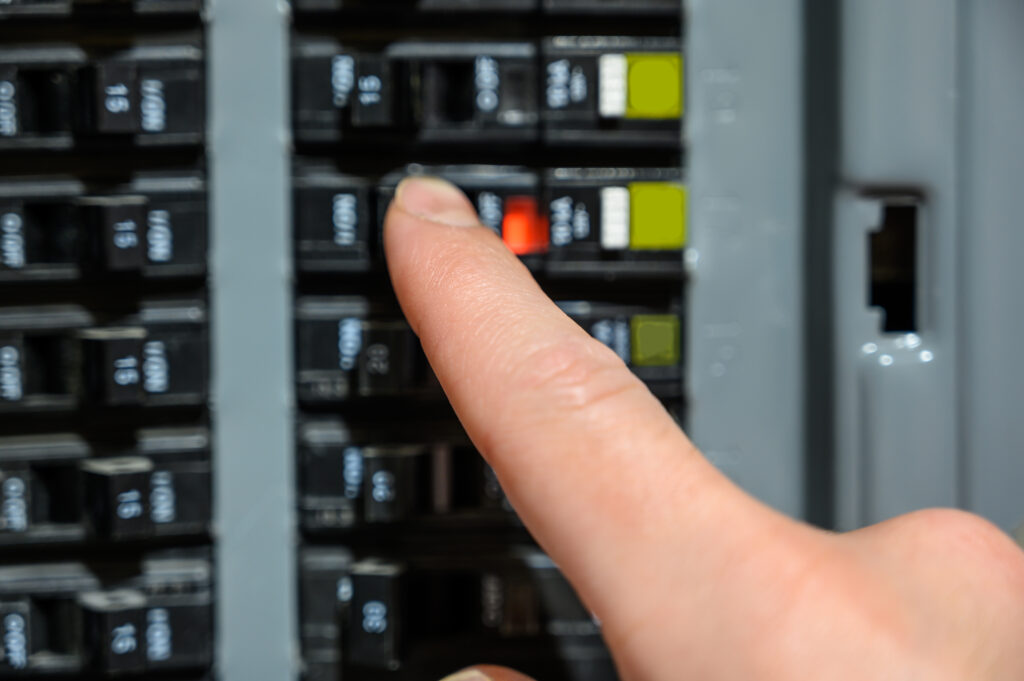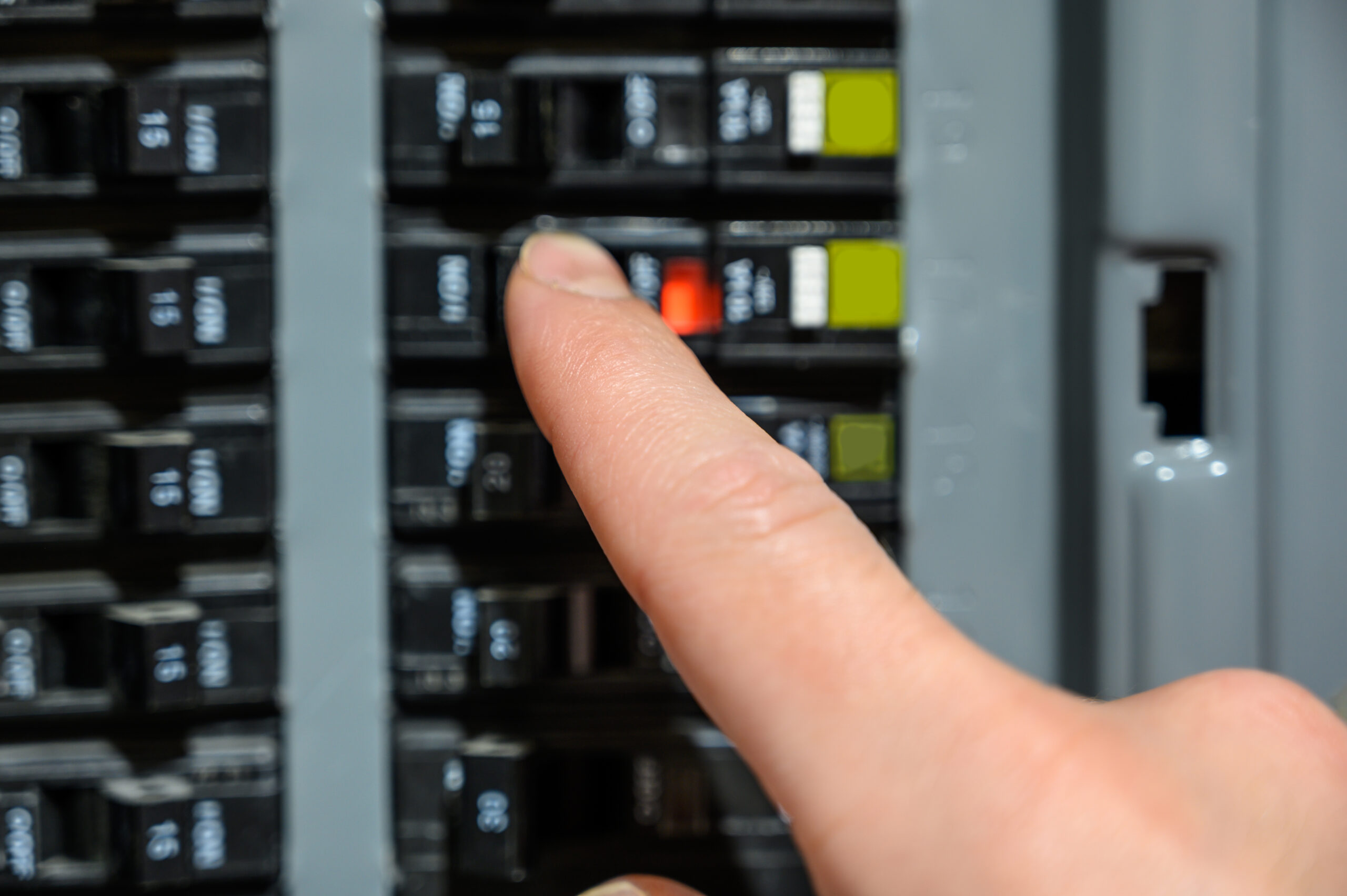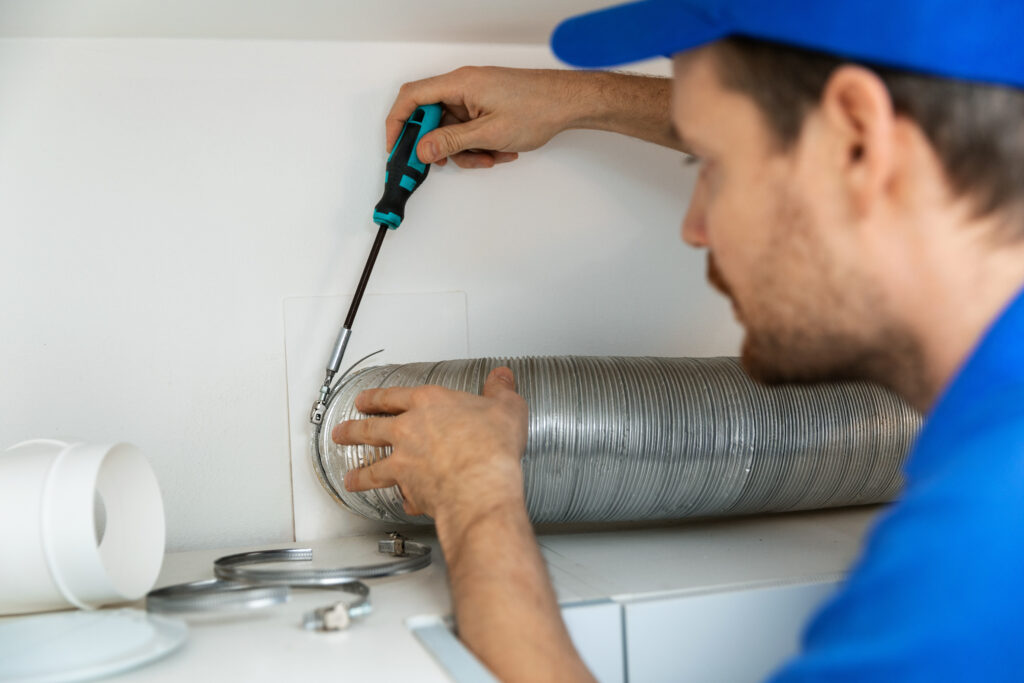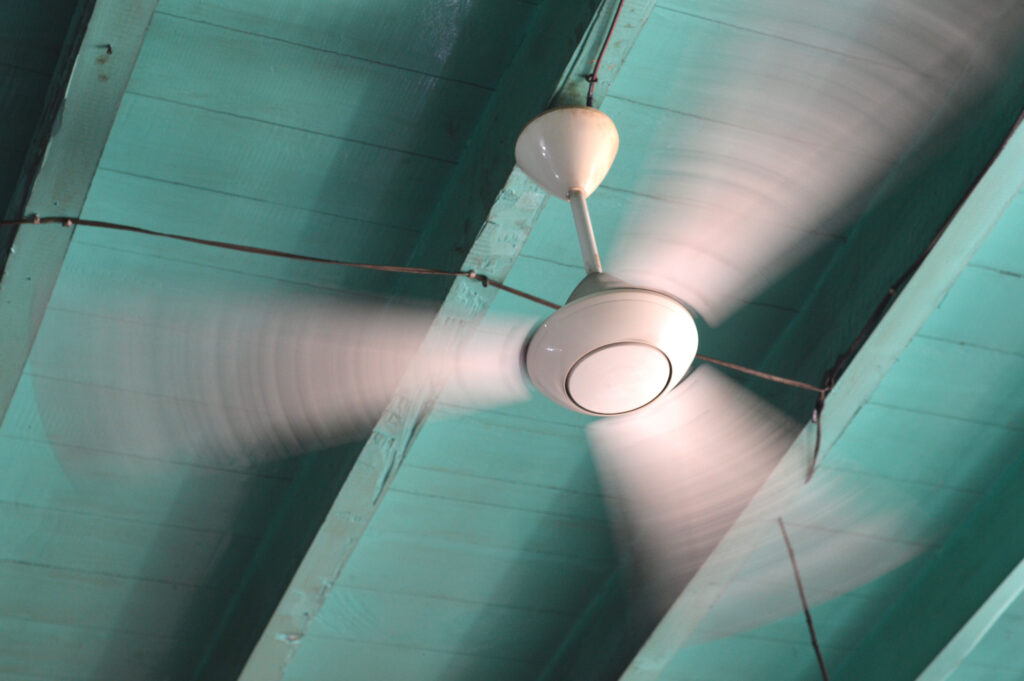Breaker Panels and Grounding: What Homeowners Need to Know (Before Things Go Dark)
Let’s talk about something that’s probably not on your radar—until your power cuts out during dinner, your hair dryer won’t turn on, or your fridge goes mysteriously silent. Breaker panels and grounding. Not the sexiest topic, I get it. But super important. Especially if you’re a homeowner trying to keep your place running smoothly and safely without calling in a pro every time something trips. Understanding how circuit breakers work, when and how to reset them, and how grounding fits into the bigger electrical picture gives you real confidence—and can even save you money. So, sit tight for just a few scrolls. You’ll be surprised how valuable this stuff is once you get it. And hey, you might even impress your electrician uncle at Thanksgiving.
Understanding What a Breaker Panel Actually Does
The breaker panel, also called a service panel or circuit breaker box, is basically the control center for all the electricity in your home. Think of it like a giant switchboard. Inside, there are individual breakers that control the flow of electricity to different circuits—like your kitchen outlets, your HVAC system, the lights in your hallway, or that one oddly-installed outdoor plug near the patio that nobody uses. If there’s too much current passing through (which can happen if you plug in, say, a space heater and a microwave on the same circuit), the breaker trips. Like, it literally flips off internally, cutting the current and preventing wires from overheating and starting a fire. Yeah. Very useful feature. Thank you, little switches.
How to Reset a Tripped Breaker Without Freaking Out
So—you’re in the dark. Or half your outlets just stopped working. First, take a deep breath. It’s probably a tripped breaker, not a full-blown electrical crisis. Head to your breaker box. It should be in your basement, garage, utility room, or tucked near your laundry area. Open the panel, and look for any breakers that are flipped midway between ON and OFF—or might even show a bit of red or orange. That’s your guy. Turn it fully to the OFF position first, then flip it back to ON. Done. Lights should be back. If it trips again immediately, that’s a bigger issue—call an electrician. Stat.
Okay, But What Is Grounding and Why Is It So Critical?
Here’s where we zoom out just a bit. Grounding is what keeps your electrical system safe. When electrical current’s doing its thing—powering your devices, running appliances—it needs somewhere to go if something goes wrong. So, instead of going through your body (yikes), grounding gives it a safer path to the earth. Basically, all those outlets with three prongs—the third one is the ground. Your breaker panel’s also grounded via a grounding rod or a cold water pipe. If a wire comes loose or there’s a fault? The current runs into the ground instead of through your toaster, your walls, or worse, you.
Benefits of a Well-Grounded Electrical System
Let’s keep this simple. Good grounding equals safety. Period. But there’s more. A grounded system protects your appliances and electronics from surges. Think lightning strikes or grid issues—if energy surges hit your home, grounding helps shunt it away from expensive things like your smart fridge and gaming PC. Also, most modern safety devices like GFCIs (ground-fault circuit interrupters) and surge protectors won’t even work properly without a grounded system. In short, grounding is kind of the unsung hero of your home’s electrical setup.
Common Issues: When Things Go Haywire
Here’s what trips up homeowners (pun intended). If your breaker keeps tripping, it might be overloaded—meaning too many things plugged into one circuit. Simple fix: unplug some stuff. If it’s happening with just one appliance, that thing might be faulty. Could also be a short in the wiring. That’s not a DIY job. And if your outlets aren’t grounded (some older homes have only two-prong outlets), you might be exposed to risks you didn’t even know existed—yes, surge could toast your gadgets. Have an electrician inspect for proper grounding and bring your system up to code if you have an older home. It’s not just wise—it’s essential.
Tips Every Homeowner Should Know About Their Breaker Panel
Okay, this isn’t just for Type A personalities. Labeling your breaker panel matters. You don’t want to play “flip and guess” in the middle of an emergency. Spend 10 minutes walking your home, turning things on and off, and label what each breaker controls (some might surprise you). Also, never, ever bypass a breaker by taping it or “rigging” it to stay on. If it’s tripping, that’s for a reason. And yes, keep the area around your panel clear. You don’t want to climb over Christmas boxes just to flip a switch when the power cuts during a storm.
Protecting Your Electrical System (And Your Wallet) with Armadillo
Look, electrical issues are one of those things nobody wants to think about until there’s suddenly sparks—or the power’s out before your Zoom call. Having a home warranty with solid electrical coverage can seriously reduce stress. That’s where Armadillo comes in. At Armadillo, we keep things simple, transparent, and homeowner-friendly. Our plans cover key home systems, like electrical, HVAC, plumbing, and appliances—saving you from unexpected repair bills when issues strike. Whether you’re dealing with a fried breaker, faulty wiring, or just want peace of mind when it’s all working fine, we’ve got your back. Learn more about how Armadillo works at our home page, or get started building your plan with your zip code here: Start Your Protection Plan.


























